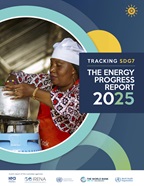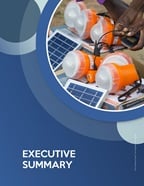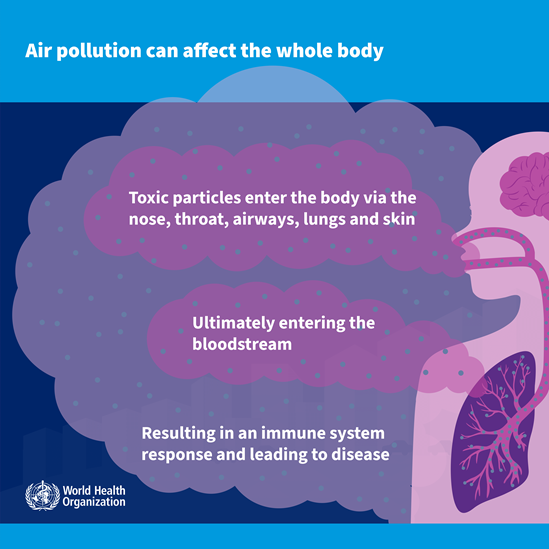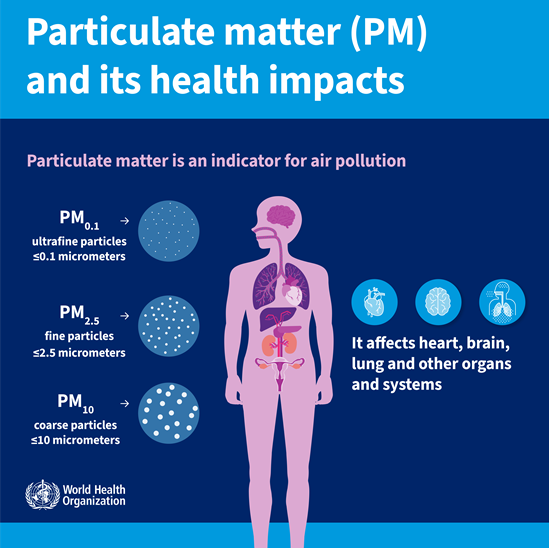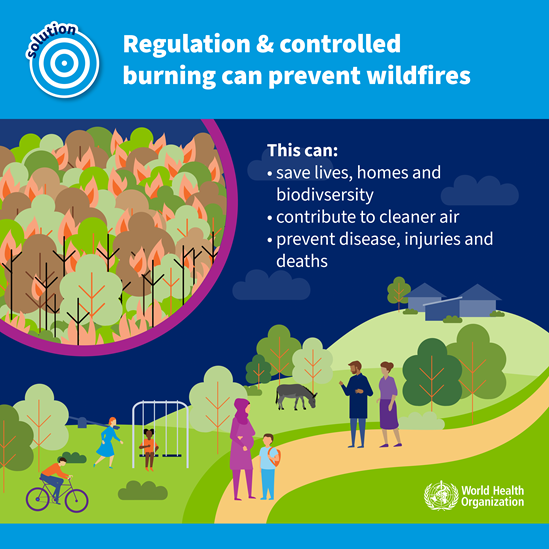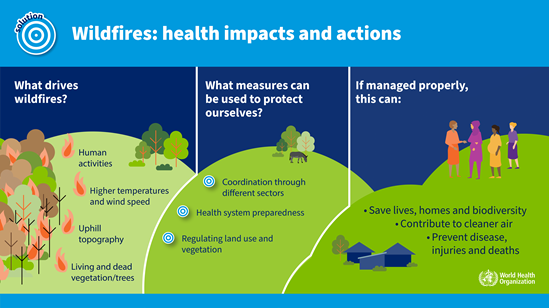Energy and health
Energy and health are inextricably linked. Access to clean, sustainable and affordable energy, outlined in the seventh Sustainable Development Goal (SDG 7), plays a crucial role in advancing health (SDG 3). Energy is also critical for achieving almost all other global goals that include eradication of poverty (SDG 1), opportunities for quality education (SDG 4), achievement of gender equality (SDG 5), access to clean water (SDG 6), jobs security and economic growth (SDG 8) and combat of climate change (SDG 13).
The links between energy and health are particularly evident in homes and health-care facilities. Access to clean and sustainable energy in homes is essential to protect people’s health from household air pollution due to the use of polluting stoves and fuels such as coal and biomass. Access to clean and reliable energy in health-care facilities is important to ensure the delivery of essential health care services for disease prevention and treatment.
Globally, 2.4 billion people lack access to clean fuels and technologies for cooking. Household air pollution, emitted from the use of polluting stoves and fuels, is a cause of some 3.2 million deaths annually. Women and children in particular are at greater health and livelihood risks since they are often tasked with cooking and collecting fuelwood. Health burdens are even greater when the use of polluting energy for other purposes (e.g., space heating, lighting) are included.
Recent statistics show population growth currently outpaces increases in energy access in some regions, especially in sub-Saharan Africa. It remains the only region in which the number of people without access to clean fuels and technologies is rising. Only about 1 in 5 people in sub-Saharan Africa (17%) has access to clean cooking. Overall, more people without access to clean fuels and technologies reside in sub-Saharan Africa than in any other region, with around 83% of the population (about 900 million people) in the region lacking access to clean cooking.
Access to energy also plays a critical role in the functionality of health-care facilities and the quality, accessibility and reliability of health services delivered to all.
Yet, an estimated 1 billion people globally are served by health facilities without electricity. Around 25% of health-care facilities in 11 sub-Saharan African countries are estimated to have no access to electricity. While most large hospitals have access, rates drop dramatically for rural and remote clinics.
Unless rapid action is taken, the world will fall short of the universal access target for clean cooking, leaving more than one fifth (24%) of the population still lacking access in 2030, making them vulnerable to health and other consequences. Scaling up the adoption to clean cooking solutions is needed through awareness raising, policies, financing, innovative delivery models and technology development.
Furthermore, electricity is necessary for the operation of critically needed medical devices such as vaccine refrigerators and surgical emergency, laboratory and diagnostic equipment as well as for the operation of basic amenities such as lighting, clean water supply, cooling, ventilation, space heating and communications.
Electricity is critical to health improvement and health protection and in many cases, it can make the difference between life and death. Through integrated approaches to health and energy challenges, WHO works towards accelerating access to clean cooking and electricity for health-care facilities. By working closely with the energy sector, the health sector can make critical steps in achieving health targets for non-communicable diseases (NCDs) and pneumonia prevention, vaccine coverage, digital health as well as improve emergency preparedness and response.


